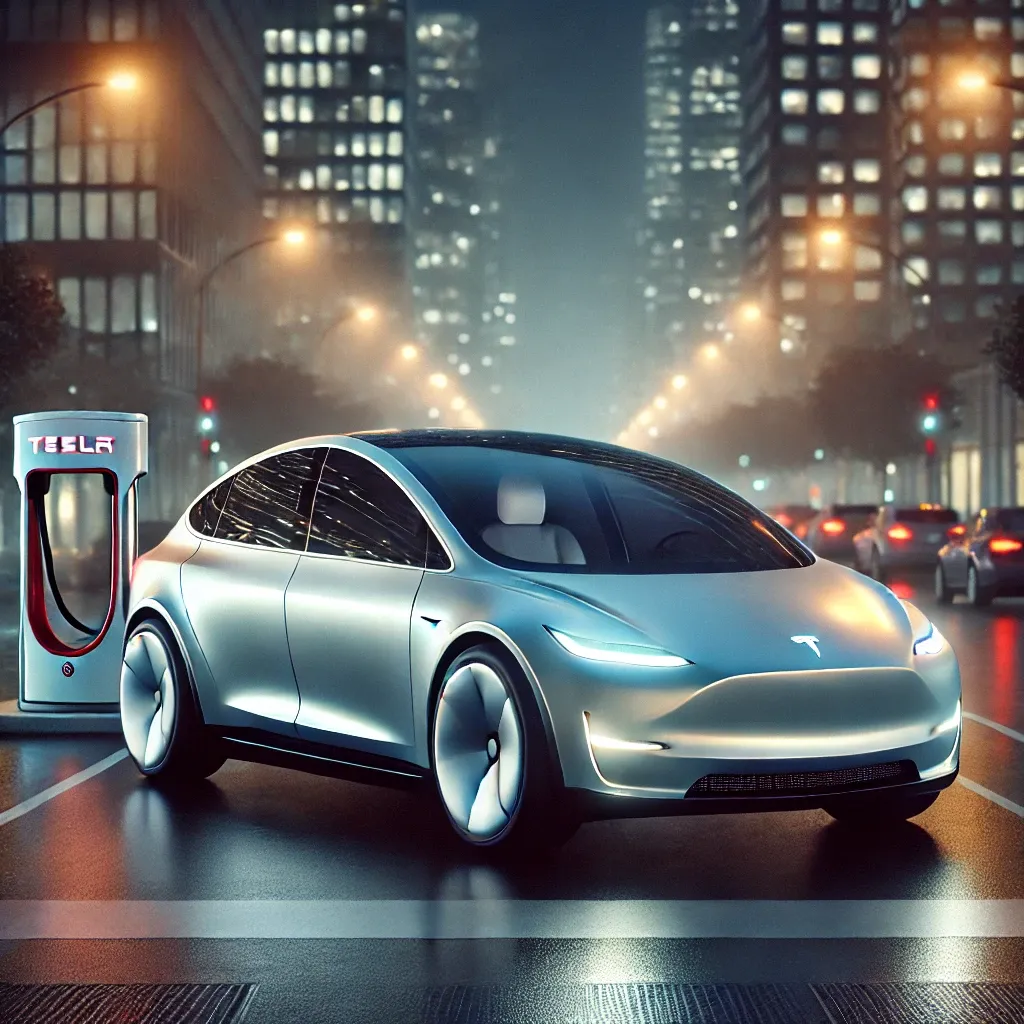What if the way we think about urban transportation is about to change forever? Tesla is at the forefront of not only reducing emissions but also completely reshaping personal and public transport. A robovan Tesla could soon redefine the boundaries of autonomous driving, bringing the robo-taxi dream closer to reality. Could the key to affordable mobility hinge on price control and the rise of robo-taxis? Let’s dive deep into this vision to uncover Tesla’s strategy, pricing challenges, and the impact of its upcoming autonomous fleets.
Tesla Slave of Price
Tesla is not just a car manufacturer but an innovation leader, setting benchmarks in the electric vehicle market. However, it also faces constant pressure related to pricing dynamics. The company is considered a “slave of price” because its success heavily depends on balancing affordable prices while sustaining high performance.Maintaining that balance becomes challenging as competition rises. Here’s how price sensitivity affects Tesla and what it means for future products:
- Competition: Companies like BYD and Rivian challenge Tesla with more affordable EV models.
- Production costs: The cost of producing advanced components, such as batteries, pushes up Tesla’s prices.
- Market pressure: Tesla continuously tweaks its pricing to stay competitive with EV tax credits and subsidies in flux.
- Scaling for affordability: Mass production aims to drive prices down, but supply chain bottlenecks complicate the process.
- Software profits: Tesla’s emphasis on Full Self-Driving (FSD) packages compensates for thinner profit margins on cars.
Tesla’s pricing adjustments directly affect the perception of their brand. Consumers expect luxury at a competitive price—this delicate pricing strategy impacts whether the company’s robo-taxi vision will truly be accessible.In conclusion, Tesla’s ability to overcome pricing obstacles will dictate how effectively it can launch robo-taxi fleets at scale. With decreasing production costs and strong sales strategies, the company is poised to conquer pricing challenges, provided it maintains quality at every price point.
Tesla Robo-Taxi
Imagine hailing a Tesla Robo-Taxi—a fully autonomous, electric vehicle—revolutionizing the way you commute. Tesla’s robo-taxi network represents the company’s bold plan to replace traditional rideshare models with self-driving vehicles. But how practical is this dream, and what benefits does it bring to consumers?Tesla’s robo-taxi fleet aims to offer:
- Affordable transportation: Autonomous rides could reduce trip costs since there are no human drivers to pay.
- Eco-friendly mobility: Fully electric robo-taxis will cut emissions, aligning with global sustainability goals.
- Convenient access: Through Tesla’s app, users will easily hail a ride on demand.
- Safety and reliability: Tesla’s Autopilot and FSD systems are designed with high safety standards.
- Autonomous ride-sharing profits: Vehicle owners could lend their Teslas to the robo-taxi network, earning passive income.
The challenge lies in regulatory approval and the complete perfection of FSD. While Tesla promises a seamless and efficient self-driving experience, authorities need to establish clear rules for safety and responsibility.Ultimately, the arrival of robo-taxis means more than just a technological leap; it’s a fundamental transformation in how transportation services are delivered. With robo-taxis in operation, Tesla’s model could disrupt traditional cab services and usher in a new era of automated travel.
Robovan Tesla
Tesla’s upcoming robovan will likely combine the practicality of vans with Tesla’s signature technology, becoming the backbone of future robo-taxi operations. This autonomous van will offer a glimpse of how shared mobility services can evolve with a focus on high capacity and electric efficiency.A robovan presents multiple practical advantages:
- Increased passenger space: Designed to carry multiple passengers or cargo efficiently.
- Optimized for urban transport: Perfect for metro areas, reducing congestion and pollution.
- Self-driving infrastructure: Enhanced with FSD and advanced sensors for better performance.
- Shared use cases: Can be used as a mobile office, delivery vehicle, or group transport.
- Reduced operating costs: Electric design ensures lower fuel and maintenance expenses.
Tesla’s robovan will likely target both public and private sectors. Municipalities could adopt these vans for public transit, while individuals and businesses may use them for commercial purposes. The robovan exemplifies Tesla’s ambition to extend autonomous driving to all sectors.The introduction of the robovan would not only redefine robo-taxis but also support broader smart-city initiatives. Tesla’s focus on making mobility sustainable, shared, and automated highlights how future cities could rely heavily on similar fleets for everything from commuting to logistics.
Conclusion
Tesla is poised to change the transportation landscape with an autonomous future powered by robo-taxis and the robovan. By balancing affordability with technological innovation, Tesla demonstrates how its strategic mastery over price control will allow the company to thrive in the competitive electric vehicle market. The rise of robo-taxis promises more accessible, eco-friendly, and affordable travel, with robovans enhancing shared transport solutions for urban life.As Elon Musk famously said, “When something is important enough, you do it, even if the odds are not in your favor.” Tesla’s bold vision—balancing technology, sustainability, and pricing—ensures it stays ahead of the curve, despite the challenges ahead. In this new chapter of mobility, Tesla’s innovations will inspire how the world rethinks transportation, one autonomous ride at a time.






